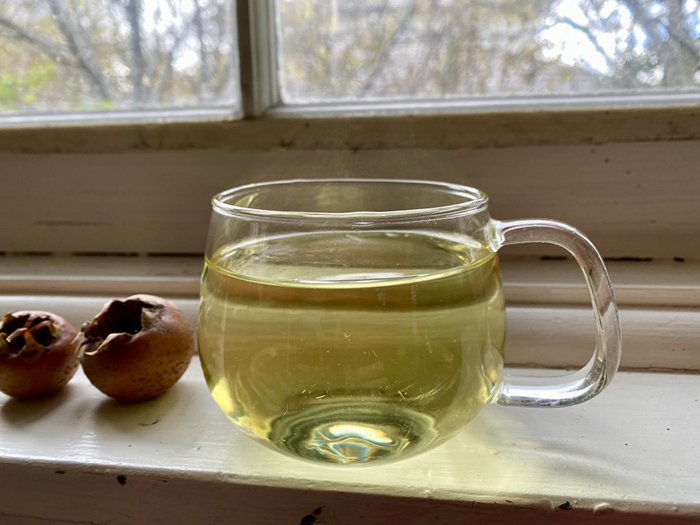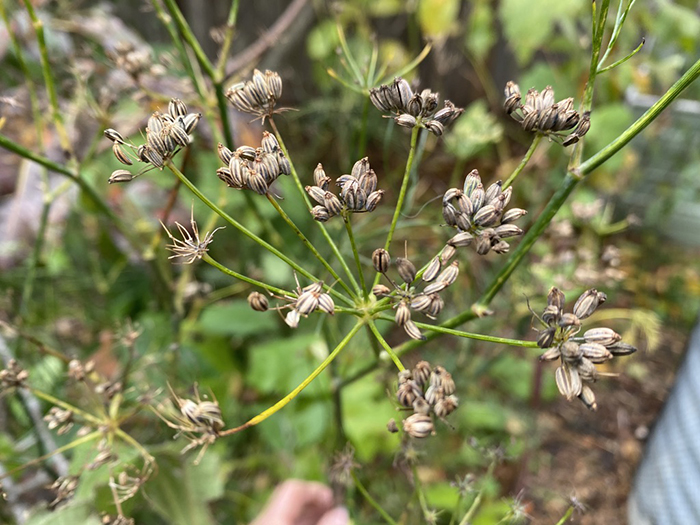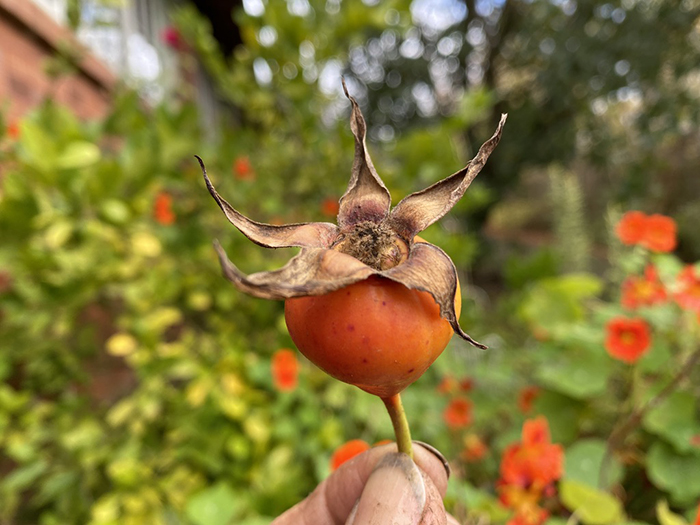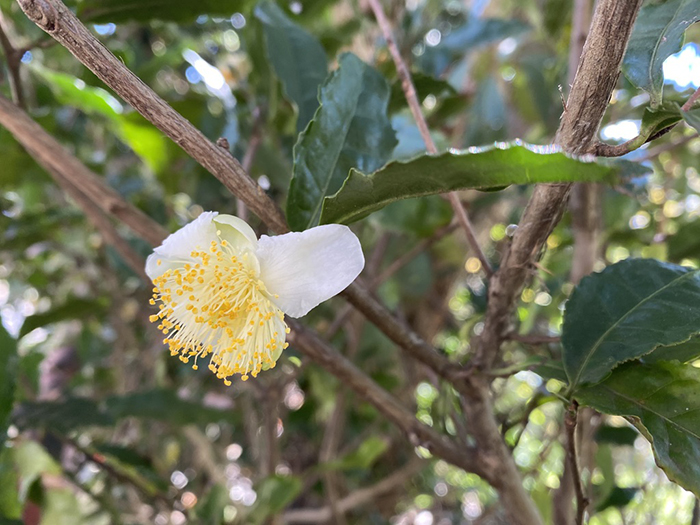Growing Your Own Tea: Black, Green & Herbal


There’s nothing like a warming cuppa when the wind howls and snow threatens. Even better is filling the house with the fragrance of a summer garden. With frost forecast for Monday, I braved the elements in my backyard and harvested large bunches of lemon verbena, lemon balm, mint, sage, and my remaining fennel seeds to ensure I had enough to tide us over winter.

We also have Lemon Verbena at Blackheath Community Farm
I grabbed some rosemary and a Tahitian lime for tea as well, just so I wouldn’t have to go out again.

The scent of lemon verbena with fennel was positively delectable!


Fennel Seed
While I was out I couldn’t resist grabbing a rosehip for a cuppa too, but I’ll leave the rest until after the frost when they’ll be riper and sweeter.

Rosehip
I also potted up some mint and put it in the greenhouse because it’s already starting its winter retreat.

Mint
The longer term plan is to make more green and black teas with the camellia sinensis that grow along my front fence. This year I’ve collected seed for the first time, but it’s quicker to propagate from cuttings, so we’ll be running a workshop on taking cuttings at the Farm in Spring. Camellia sinensis grow really well in Blackheath and are creating a beautiful evergreen Autumn-flowering hedge – attracting even more bees to the garden.

Camellia Sinensis
They are the traditional tea plant and Green, Black and Oolong teas are created with the young leaves by simply varying the processing methods. These instructions are from The Spruce Eats:
Green Tea
To process tea leaves for green tea follow these steps:
- Pluck the very youngest leaves and leaf buds.
- Blot the leaves dry, and let them dry in the shade for a few hours.
- Steam the leaves (like you would vegetables) on your stove for about a minute. (For a different flavour, try roasting them in a skillet for 2 minutes instead of steaming.)
- Spread the leaves on a baking sheet and dry them in the oven at 120C for 20 minutes.
- Store the dried tea leaves in an air-tight container
To process leaves for oolong tea do the following:
- Pluck the very youngest leaves and leaf buds.
- Spread them out on a towel under the sun and let them wilt for about 45 minutes. This step is called withering.
- Bring your leaves inside and let them sit at room temperature for a few hours.
- Make sure to stir the leaves up every hour.
- The edges of the leaves will start to turn red as they begin to dry.
- Spread the leaves on a baking sheet and dry in the oven at 120C for 20 minutes.
- Store the dried tea leaves in an air-tight container.
Black Tea
To process leaves for black tea, do this:
- Pluck the very youngest leaves and leaf buds.
- Roll the leaves between your hands and crush them until the leaves start to darken and turn red.
- Spread them out on a tray, and leave them in a cool location for 2 to 3 days. (This is also withering.)
- Dry them in the oven at 120C for about 20 minutes.
- Store in an air-tight container.
Blackheath Community Farm is temporarily closed during the Coronavirus Lockdown, but we’ll share gardening tips online from both our home gardens and the Farm while we are closed.